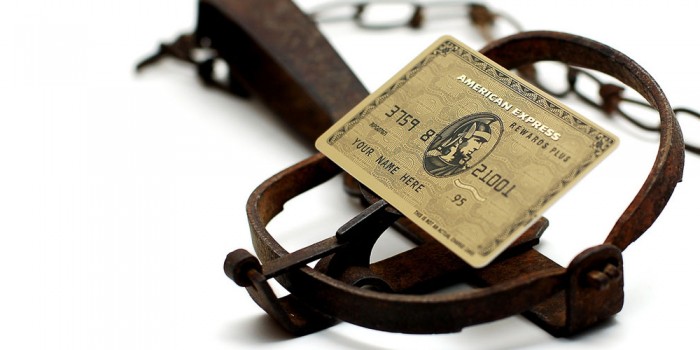Learning from Bus Buddhists
In psychological terms, context is almost everything. Much as we like to think that we know how we will act and react in a given situation, without the richness of...
How to Save Money

$9.99
It’s tempting to think that we don’t need anyone to tell us how to save money. Indeed, we may very well believe that we’re very good at saving money.
A trip to most stores at the moment is a ‘money saving’ bonanza: with so many great deals around, coupons, voucher codes, referral sites that pay you a reward for buying something you were already going to get, loyalty discount vouchers, GroupOn-style great deals direct to your in-box… only a fool wouldn’t be saving money these days.
Except for one thing.
Most of the times we believe we’re saving money we’ve been duped into spending it first. A saving of $100 is only a saving if you had intended to spend $300 when you left the house (or started the internet search engine) and then ended up spending $200 because of the great deal you uncovered.
If you left the house to buy something generic, like the groceries, or ‘some clothes’, there is no logical way to say that you have saved money when you return with less money than you left with.
Of course, what retailers have become adept at is making us feel as though we have saved money: and it’s the feeling that matters to us much more than the reality.
Given that we’re in such difficult economic times, is there a way to get better at saving; to really protect yourself from whatever economic bogeyman is lurking around the corner?
Consumer spending is complex. We buy hundreds of goods and services every month, a lot of it goes out of accounts automatically, and a lot of spending is habitual: the daily Starbucks coffee, the newspaper, the lunch when we’re at work.
Recent research suggests that the way to save effectively is refreshingly simple. Researchers looked at people from different countries and in different economic circumstances to build a picture of what led to effective saving: from modest households in rural India, to professionals in Hong Kong.
They concluded that the key to effective saving was to have one clear goal in mind.
When people have many reasons for saving the added complexity makes it less likely they’ll act to save money. But when they have one clear goal they are more action-orientated. Focus on one overarching financial goal and there is a much greater chance that you’ll control your spending.
Source: Dilip Soman Min Zhao. The Fewer the Better: Number of Goals and Savings Behavior. Journal of Marketing Research, 2011
Image courtesy: Mike Bitzenhofer